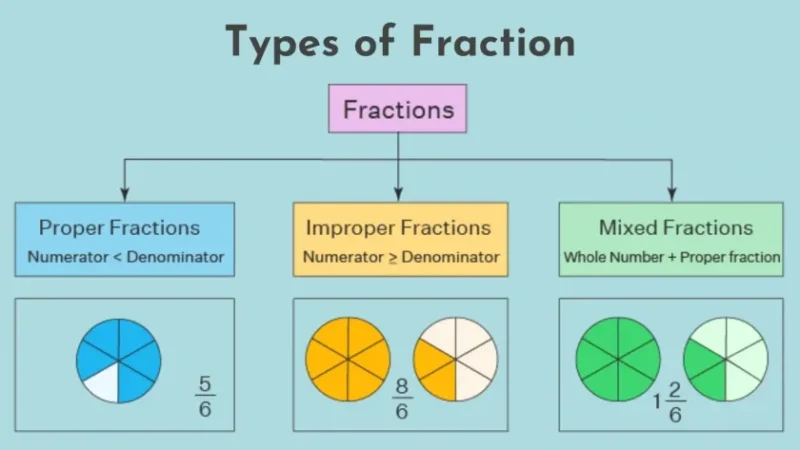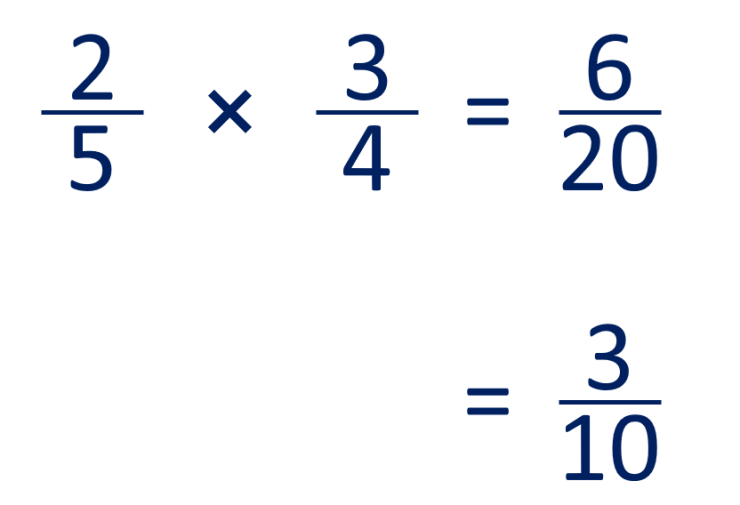In mathematics, a fraction is a number that represents a part of a whole. It is written using the symbol “/” (a slash). For example, if we have 4 cookies and we want to divide them into 2 parts, each part would be represented by the fraction 4/2 (read as “four-halves”). In this blog post, we’ll show you how to calculate any fraction in easy steps. Whether you’re just starting to learn about fractions or you need a refresher, this guide will help you understand how fractions work and how to calculate them.
What is a Fraction?
A fraction is a number that represents a part of a whole. The whole can be thought of as the numerator (top number) and the part as the denominator (bottom number). To calculate a fraction, divide the numerator by the denominator.
For example, if someone has eaten 3/4 of a pizza, they have eaten 3 out of the 4 slices. To calculate this fraction, divide 3 by 4 to get 0.75.
The Different Types of Fractions

There are three different types of fractions: proper, improper, and mixed. Proper fractions are when the numerator (top number) is less than the denominator (bottom number). Improper fractions are when the numerator is greater than the denominator. Mixed fractions are a combination of a whole number and a proper fraction. Using a fraction calculator can help you calculate fractions easily.
Tips for Calculating Fractions
To calculate any fraction, follow these easy steps:
- Understand what the fraction means. A fraction is a number that represents a part of a whole. The top number (the numerator) represents how many parts you have, and the bottom number (the denominator) represents how many parts the whole is divided into.
- Simplify the fraction if possible. If the numerator and denominator are both even numbers, you can simplify the fraction by dividing both the numerator and denominator by 2. If the numerator and denominator are both odd numbers, you can simplify the fraction by dividing both the numerator and denominator by 3.
- Convert the fractions to decimals if necessary. In order to add or subtract fractions, they must have the same denominators. If they don’t have the same denominators, you will need to convert one or both of them to decimals before proceeding.
- Add or subtract as normal, using regular addition or subtraction rules. When adding or subtracting fractions with different denominators, simply find a common denominator between them first before proceeding with addition or subtraction as usual.
- Reduce the fraction if necessary. Once you have calculated the answer, simplify it by dividing the numerator and denominator by any common factors they may have.

Source: mathswithmum.com
Conclusion
Fractions don’t have to be difficult or scary, and with a little practice, you’ll be able to calculate any fraction in easy steps. The key is to take your time and break each problem down into smaller pieces. With a little patience and perseverance, you’ll be a fractions pro in no time!


